Baby development at 40 weeks

Baby development at 40 weeks
Pregnancy symptoms during week 40
Ripening cervix
Your healthcare provider may check your cervix to see if it's "ripening." Its condition – how soft, thinned out, and dilated (open) it is – can be a sign that labor's near. Still, it's not a sure-fire predictor of labor, so don't get too disappointed if you don't have the progress you're hoping for. On the other hand, labor can still be many days away even if you've begun to dilate and efface.
Water breaking
In the movies, labor usually starts with a big, dramatic gush of water hitting the floor. But the truth is, you don't have to worry about your water breaking in a sudden and cinematic fashion. Less than 15% of women have their water break before other symptoms of labor start. For the vast majority, their water breaks once contractions are already in progress. In short, don't stress about your water bursting while you're wrapping things up at work or making one last dash to the grocery store.
If you're in the minority and your water does break before labor, this is known as premature rupture of membranes, or PROM. Usually, labor will begin within 24 hours of your water breaking. If it doesn't happen naturally, your provider may induce labor.
Your water breaking isn't always obvious – in fact, you could have a slow leak of amniotic fluid. It may even be hard to tell whether what you're seeing is amniotic fluid, discharge, or pee. This is where your senses can come in handy: pee is typically yellow-hued, while vaginal discharge is often creamy or white. Amniotic fluid should be clear and have a slightly sweet smell.
If you've gotten close and personal and still aren't sure whether your water broke, put on a pad and wait half an hour. If the pad is wet after that time, it's likely the liquid is amniotic fluid.
If your water breaks, or even if you think it might have, call your doctor or midwife.
Back pain
Now that you're full-term, your baby likely weighs 7 to 8 pounds and is the size of a small pumpkin. That weight, plus the additional pounds from your placenta, fluid, and breasts will continue to put more and more strain on your back. It's no wonder that more than 60% of pregnant women experience back pain.
Find relief any way you can. Swimming or floating; getting a massage; and doing some easy, gentle stretching and walking can ease your discomfort.
If you experience any sudden changes to your back pain (for example, it gets much worse, or starts up for the first time), this may be a sign that labor has started. Intense back pain during labor (called back labor) usually means that your baby's head is pressing against your lower back, though one theory suggests that the pain may be "referred" from your uterus to your lower back.
Contractions
At 40 weeks, you're probably very familiar with Braxton Hicks contractions. But how can you tell so-called "false labor" from the real thing?
There are some easy ways to tell the difference between Braxton Hicks and real labor contractions. For starters, Braxton Hicks are usually not painful, and they don't get closer together. If you drink water and rest, they'll probably stop, at least for now. You'll feel Braxton Hicks on the front of your belly most often, whereas real contractions often start in the back and radiate around to the front.
Unlike Braxton Hicks, real contractions are painful. They'll arrive at regular intervals, getting closer together and more intense over time. And real contractions will persist, even if you lie down, take a bath, or find another way to relax.
Once you've started having real contractions, follow your provider's advice about when to go to the hospital for labor. Usually, it's time to go when you've had contractions at regular intervals (such as every four or five minutes) that last about a minute each, for an hour or more.
Insomnia
Having trouble sleeping? Insomnia is incredibly common now – it affects about two-thirds of women by late pregnancy.
Coping with insomnia can be hard, especially when you know that you'll have more sleepless nights once your baby is here. Having a consistent bedtime routine may help. Using tons of pillows to get in a comfortable sleep position, snoozing in a lounge chair, and taking naps during the day are all perfectly acceptable if they help you get enough sleep.
Pelvic pain and pressure
As your baby continues to drop lower in preparation for their grand entrance, you're likely noticing more pelvic pain and pressure. This can feel like tightness or pain in your hips, groin, and pelvic floor.
Resting, icing, and sitting in more comfortable positions (if you can find them) might help. If the pain is severe, talk to your provider about other options for pain relief.
By now, your baby has probably dropped. That means their head is engaged in your pelvis. This is known as "lightening," since some women feel lighter once their baby has descended. Others, however, experience even more pelvic pain once their baby has dropped.
Thanks to lightening, you may find yourself waddling even more than before. And you'll probably take more frequent trips to the bathroom to go pee. The silver lining? Since your lungs have more room to expand, you can take a nice, deep breath.
Pregnancy checklist at 40 weeks
Do some exercises to prepare for labor
There's nothing you can do to make labor go faster, but simple exercises might help your body get ready for the effort ahead. Doing these exercises to help with labor may help you feel better now and once you're ready to deliver your baby.
Finalize your baby names list
Waiting until you meet your baby to make a final decision on names? That's fine! But make sure you have some good baby name options ready to go.
Learn what will happen after birth
Take time to learn about what happens to your baby after delivery, and what to expect at the hospital or birth center. While you're at it, review your birth plan – you'll be needing it very soon.
Kick back and relax
Watch your favorite shows, read a novel, call an old friend, sleep in, or take naps when you can. It won't be long until your baby is here.
Related Articles

Baby development at 36 weeks

Baby development at 23 weeks
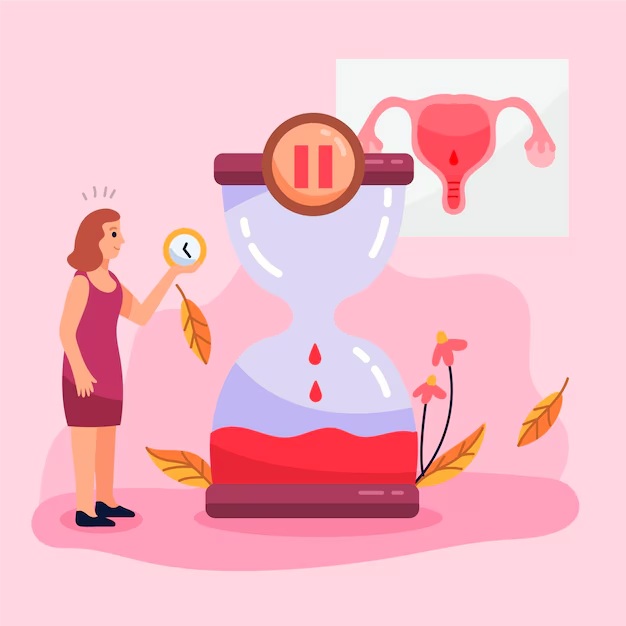
Miscarriage Myths and Facts: First Trimester Risks
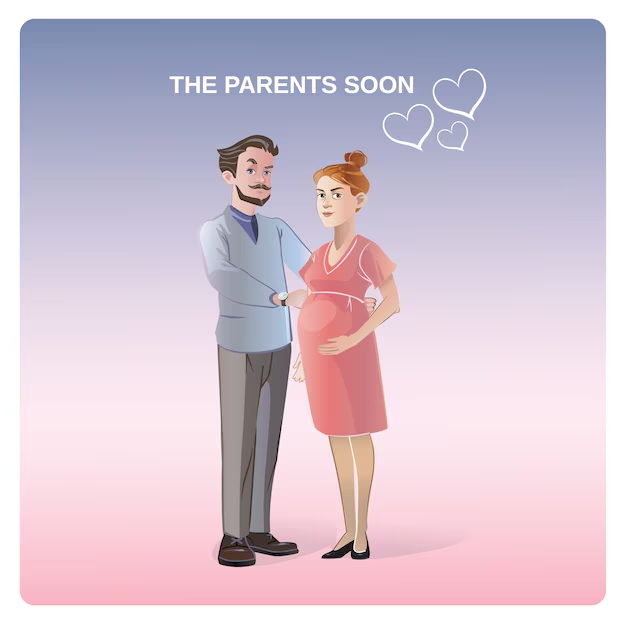
How to Share the News: Announcing Your Pregnancy in the First Trimester
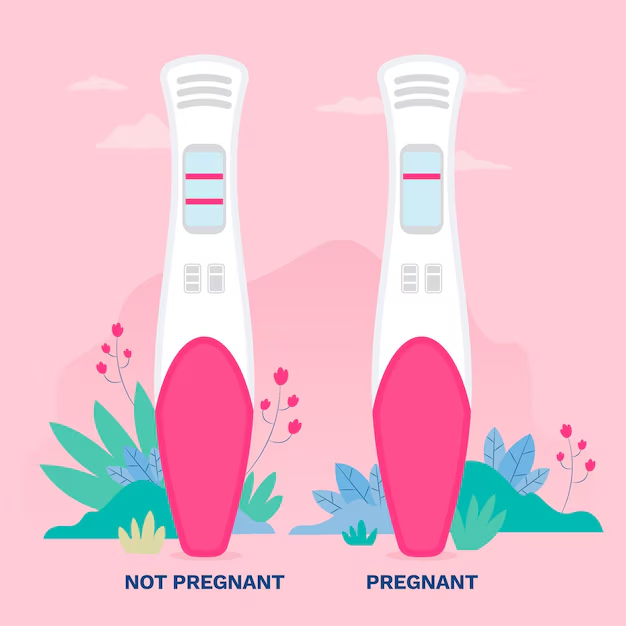
Understanding Pregnancy Tests: How They Work
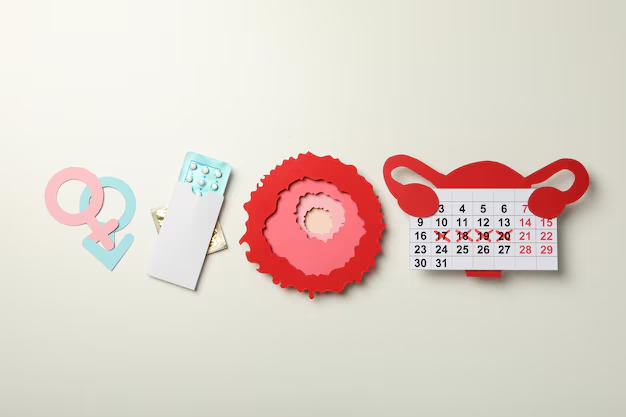
How Your Menstrual Cycle Changes with Age

Baby development at 32 weeks
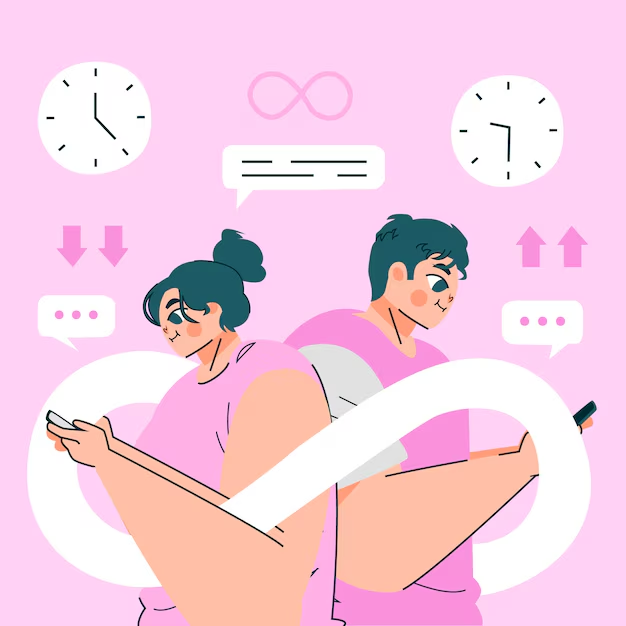
The Relationship Between Exercise and Your Menstrual Cycle